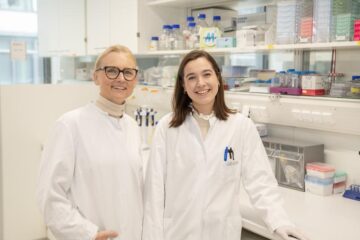Visual Authentication of Digital Documents

Integrity and authentication of digital documents is assured, if the complete route from input to output, i. e. from Alice to Bob is safe. To assure this safety a digital document is watermarked, with the shape of the watermark known to the transmitter. This guarantees that between creation and encryption no manipulation stays undetected, because a changed final documents is recognizable by the wrong watermark. The document including the watermark is send to the receiver after successful visual verification. The receiver can check its authenticity with the two following criterions: On the one hand, directly via the embedded watermark, which a third party can not alter without detection.
– On the other hand, the duration of the transmission is used as a criterion for control. This duration is about a few seconds. This duration is too short for successful manipulation with today`s technology.
Further Information: PDF
Universität des Saarlandes Wissens- und Technologietransfer GmbH PatentVerwertungsAgentur der saarländischen Hochschulen
Phone: +49 (0)681/302-6340
Contact
Dr. Dipl. Chem. Anne Seifert, Dipl.-Kfm. Axel Koch (MBA), Dr. Hauke Studier (Dipl.-Phys.)
Media Contact
All latest news from the category: Technology Offerings
Newest articles

Possible alternative to antibiotics produced by bacteria
Antibacterial substance from staphylococci discovered with new mechanism of action against natural competitors. Many bacteria produce substances to gain an advantage over competitors in their highly competitive natural environment. Researchers…

Researchers have found brown fat’s “off-switch
Researchers from the University of Southern Denmark, the Novo Nordisk Center for Adipocyte Signaling (SDU), the University of Bonn and the University Hospital Bonn (UKB) have found a protein that…

Combining robotics and ChatGPT
TUM professor uses ChatGPT for choreographies with flying robots. Prof. Angela Schoellig has proved that large language models can be used safely in robotics. ChatGPT develops choreographies for up to…

















